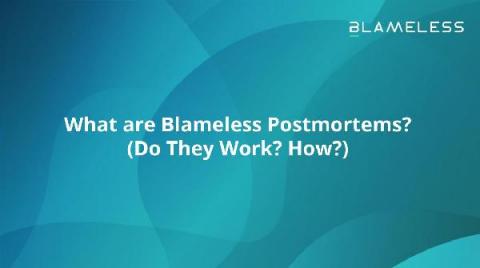What's the Difference between Observability and Monitoring?
Wondering what the difference is between observability and monitoring? In this post, we explain how they are related, why they are important, and some suggested tools that can help. The difference between observability and monitoring is that observability is the ability to understand a system’s state from its outputs, often referred to as understanding the “unknown unknowns”.











